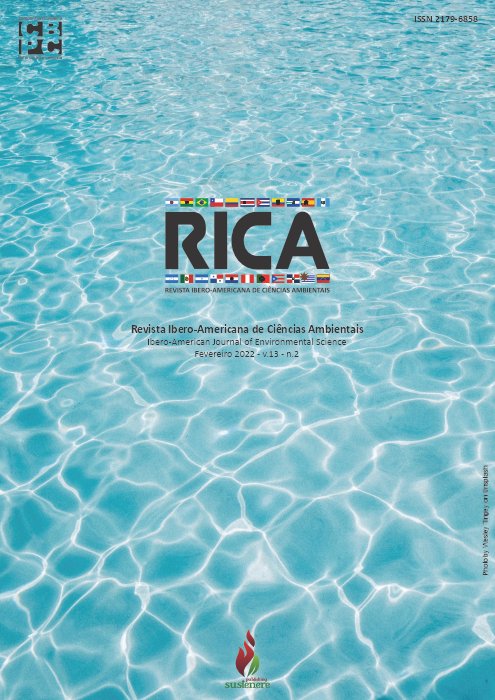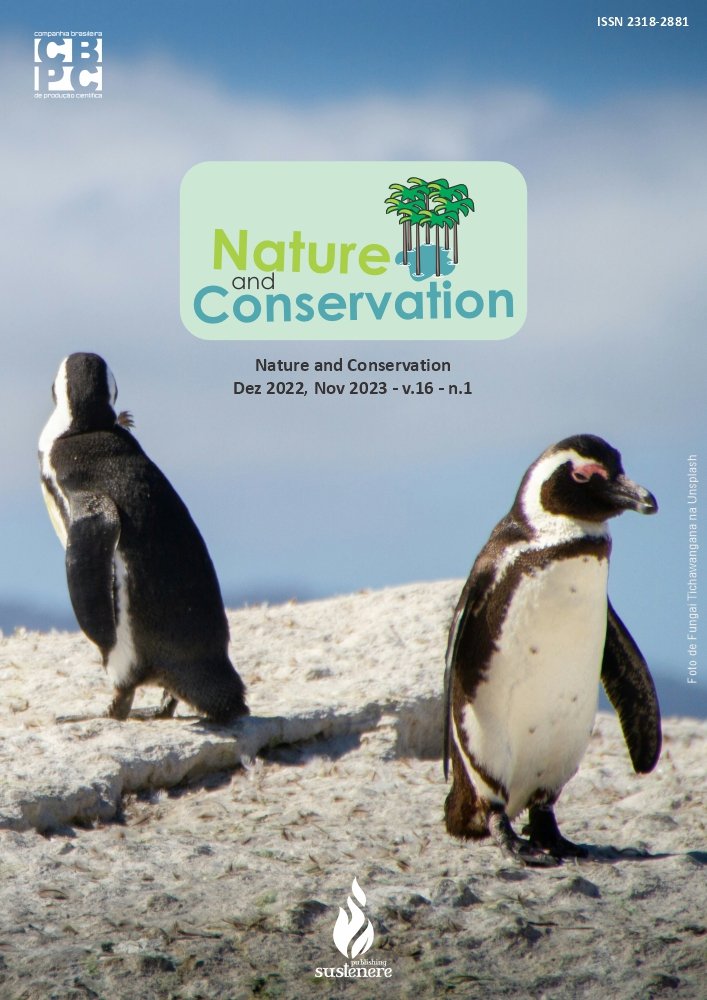Study on the hydrolysis of α-keratin in dog fur
DOI:
https://doi.org/10.6008/CBPC2179-6858.2022.002.0015Keywords:
Clean Technologies, Keratinous Residues, Papain, Waste ManagementAbstract
Currently, there is a high increase in the number of pet dogs and this fact has increased the activities of pet shops, such as the grooming of animals, however, this procedure generates a large amount of hair, classified as keratinous waste, with high polluting potential. Researchers have investigated various forms of treatment and use of keratinous residues, such as chicken feathers, wool and bovine hair, however, research on the use of dog hair is scarce in the literature and, in addition, based on environmental concerns, some researchers have proposed the use of green chemistry in the process of hydrolysis of α-keratin using papain. Thus, the objective of this study was to establish the best condition for hydrolysis of α-keratin present in dog hair and to characterize the levels of nitrogen (N) and sulfur (S) in the hydrolyzed material, using green papaya extract as a papain source. The tests were carried out at the Interdisciplinary Laboratory of Chemical and Biological Analysis / Unicesumar and 4 types of hair samples from adult dogs were used: smooth, curled, bristly and pooled hair, in colors: black, brown and white and color pool, subjected to hydrolysis with different levels of urea, sodium sulfite and papain sources (green or commercial papaya extract), and hydrolysis times. After defining the best hydrolysis protocol, the hydrolyzed material was analyzed for N and S concentrations. The results showed that the use of green papaya extract as a papain source, regardless of the level used and the time, resulted in a low level of hair hydrolysis. However, it was possible to hydrolyze the hairs, regardless of the hair type and/or color, using commercial papain. The hydrolyzed material showed high levels of N (15.15%), however, the levels of S were low (1.55%). It is suggested that more research be conducted in order to improve, more and more, the protocol and test the use of hydrolyzed material, especially as a bioferilizer, and thus, contribute to the management of keratinous waste from the pet chain.
Downloads
Downloads
Published
Issue
Section
License
Copyright (c) 2022 Ibero-American Journal of Environmental Sciences

This work is licensed under a Creative Commons Attribution-NonCommercial-NoDerivatives 4.0 International License.
The CBPC - Companhia Brasileira de Produção Científica (Brazil CNPJ: 11.221.422/0001-03) the material rights of the published works. The rights relate to the publication of the work anywhere in the world, including rights to renewals, expansions and dissemination of the contribution, as well as other subsidiary rights. All electronically published works may subsequently be published in printed collections under the coordination of this company and / or its partners. The authors preserve the copyright, but are not allowed to publish the contribution in another medium, printed or digital, in Portuguese or in translation.









